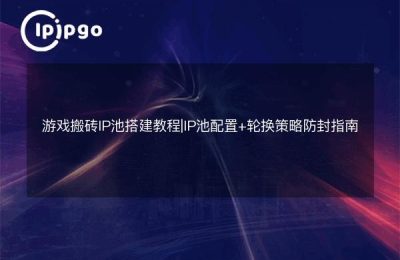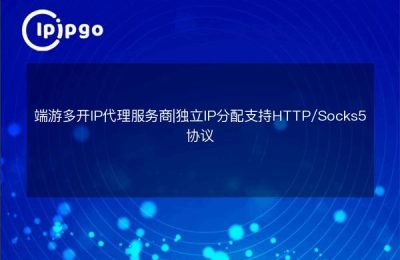
Choosing the right protocol is very important when building and using a residential IP proxy. Different protocols have different uses and advantages, and understanding them can help you better configure and use the residential IP proxy. Here are a few common proxy protocols and their features.
HTTP/HTTPS Proxy
HTTP (Hypertext Transfer Protocol) and HTTPS (Hypertext Transfer Protocol over Secure) are the most common proxy protocols, mainly used for web browsing.
HTTP proxy
HTTP proxy is mainly used to process HTTP requests and responses. It caches web content, speeds up access, and can filter or modify requests and responses.
HTTPS proxy
The HTTPS proxy adds SSL/TLS encryption to the HTTP proxy to ensure that data is not stolen or tampered with during transmission.The HTTPS proxy is suitable for scenarios that require high security, such as online payments and sensitive data transmission.
SOCKS Agent
SOCKS (Socket Secure) is a generalized proxy protocol that can handle any type of network traffic, not limited to HTTP/HTTPS.
SOCKS4
SOCKS4 is an early version of the SOCKS protocol that supports the TCP protocol, but not the UDP protocol or authentication.
SOCKS5
SOCKS5 is the latest version of the SOCKS protocol, supporting both TCP and UDP protocols and a variety of authentication methods.SOCKS5 proxies are typically used in scenarios that require a high degree of anonymity and flexibility, such as P2P downloads and online gaming.
Transparent Agent
A transparent proxy is a type of proxy that requires no user configuration. User requests pass through the proxy automatically, and the user is usually unaware that he or she is using a proxy.
vantage
The advantage of transparent proxies is that they are easy to deploy and manage, making them suitable for scenarios such as enterprises and schools that require unified management of network traffic.
drawbacks
The disadvantage of transparent proxies is that they do not provide high anonymity and privacy protection.
reverse proxy
A reverse proxy is a special type of proxy that is mainly used on the server side. It receives client requests, then forwards the request to a back-end server and returns the server's response to the client.
use
Reverse proxies are commonly used for load balancing, security, and content caching.
How to choose the right agency agreement
There are several factors to consider when selecting a residential IP proxy protocol:
- Uses:Choose the right protocol for your specific needs. For example, if you mainly use it for web browsing, you can choose HTTP/HTTPS proxy; if you need to handle multiple types of network traffic, you can choose SOCKS5 proxy.
- Security:If you need high security for data transfer, you can choose HTTPS proxy or SOCKS5 proxy.
- Performance:Different protocols have different effects on network performance. In general, HTTP/HTTPS proxies have better performance, while SOCKS5 proxies are more flexible.
- Anonymity:If you need high anonymity, you can choose SOCKS5 proxy as it supports multiple authentication methods and high anonymity.
summarize
By understanding the different proxy protocols and their characteristics, you can better select and configure residential IP proxies. Whether it is HTTP/HTTPS proxy, SOCKS proxy, transparent proxy or reverse proxy, each protocol has its unique advantages and applicable scenarios. In practice, choose the right protocol for your specific needs to ensure a smoother and safer network experience.








